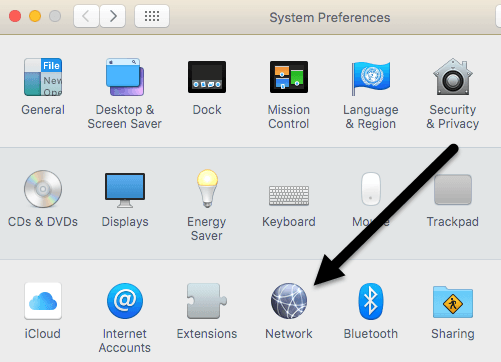Block MAC address on the list with wrong IP address—Check this box to prevent a device from accessing your network if its IP address has been changed. For example, if you assigned a static IP address of 192.168.1.100 and someone configures the device to use 192.168.149, the device is not allowed to connect to your network. Most IP addresses assigned today by Internet Service Providers are dynamic IP addresses. It's more cost effective for the ISP and you. Well, more or less. If you read on, you'll learn about the difference between a dynamic IP vs. Static IP, in non-technical language you can understand.

When the device is configured as a DHCP server or for DHCP relay, you can bind static IP addresses to up to 100 network devices, such as a web server or an FTP server. Binding does not assign an IP address to a device. You should ensure that each device bound to a static IP address in the IP & MAC binding table is configured to use a static IP address.
Typically the MAC address of a device physically appears on a label on the bottom panel or back panel of a device.
Static Ip For Mac Windows 7
Bind IP Addresses by Discovery
To bind known IP addresses to MAC addresses and name the binding:
Static Ip For Mac Download
- Click Show Unknown MAC Addresses. The IP & MAC Binding Table appears. If the web browser displays a message about the pop-up window, allow the blocked content.
- Enter a descriptive Name.
- Check the Enable box. Alternatively, select all devices in the list by clicking the check box at the top of the Enable column.
- Click Save to add the devices to the Static IP list, or click Close to close the pop- up window without adding the selected devices.
The devices are listed by the IP address and the MAC address. If needed, click Refresh to update the data.
Bind IP Addresses Manually
Static Ip For Computer
To add a new binding to the list, click Add and enter the following information:
- Static IP Address—Static IP address. You can enter 0.0.0.0 if you want the router to assign a static IP address to this device.
- MAC Address—MAC address of the device. Enter the address without punctuation.
- Name—Descriptive name for the device.
- Enable—Check this box to bind the static IP address to this device.
Edit or Delete Bound Entries
To Edit the settings, select an entry in the list and click Edit. The information appears in the text fields. Make the changes, and click Save.

To Delete an entry from the list, select the entry to delete, and click Delete. To select a block of entries, click the first entry, hold down the Shift key, and click the final entry in the block. To select individual entries, press the Ctrl key while clicking each entry. To de-select an entry, press the Ctrl key while clicking the entry.
Using the Static IP List to Block Devices
The Static IP list can be used to control access to your network.
To block access by devices that are not on the list or do not have the correct IP address:
- Block MAC address on the list with wrong IP address—Check this box to prevent a device from accessing your network if its IP address has been changed. For example, if you assigned a static IP address of 192.168.1.100 and someone configures the device to use 192.168.149, the device is not allowed to connect to your network. This discourages users from changing their device IP addresses without your permission. Uncheck the box to allow access regardless of the current IP address assignment.
- Block MAC address not on the list—Check this box to block access from devices that are not included in the Static IP list. This prevents unknown devices from accessing your network. Uncheck the box to allow access by any device that is configured with an IP address in the correct range.